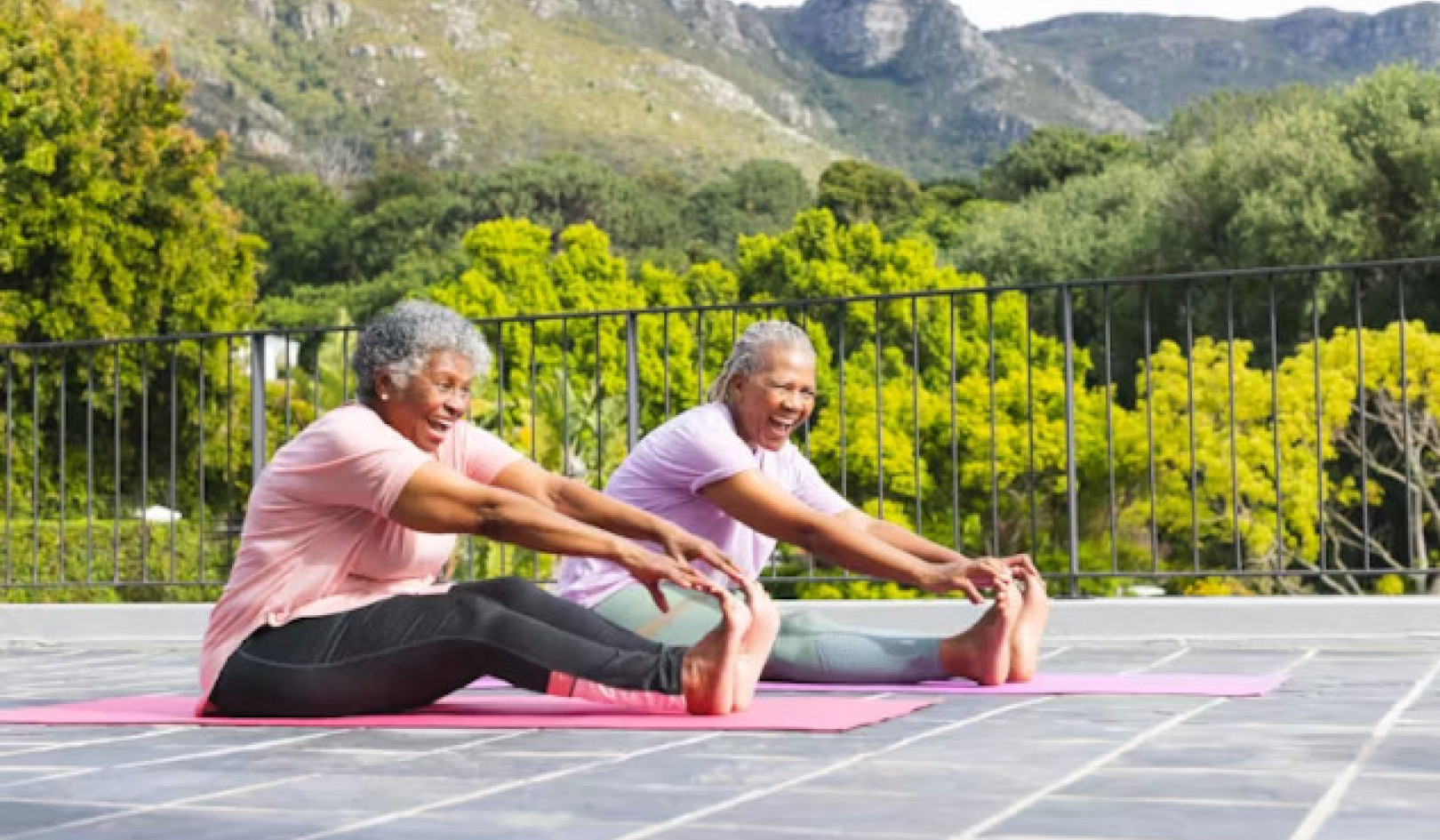
A review of studies on exercise and happiness addresses some lingering questions about the effects of physical activity on positive health conditions.
The impact of physical activity on depression and anxiety is well known—and exercise is a common prescription for preventing or treating negative mental health conditions.
“…even a small change of physical activity makes a difference in happiness.”
Weiyun Chen, associate professor in kinesiology at the University of Michigan, wanted to know if exercise increased positive mental health in the same way it reduced negative mental health. Specifically, researchers examined which aspects of physical activity were associated with happiness, and which populations were likely to benefit from the effects.
To that end, Chen and coauthor Zhanjia Zhang, a doctoral student, reviewed 23 studies on happiness and physical activity. The 15 observational studies all showed a positive direct or indirect association between happiness and exercise. The eight interventional studies showed inconsistent results.
The studies included health information from thousands of adults, seniors, adolescents, children, and cancer survivors from several countries. Several themes emerged.
Exercise and happiness
“Our findings suggest the physical activity frequency and volume are essential factors in the relationship between physical activity and happiness,” Chen says. “More importantly, even a small change of physical activity makes a difference in happiness.”
Findings suggest a threshold effect for the relationship of happiness and physical activity—several studies found that happiness levels were the same whether people exercised 150-300 minutes a week, or more than 300 minutes a week.
The review of observational studies found that compared to inactive people, the odds ratio of being happy was 20, 29, and 52 percent higher for people who were insufficiently active, sufficiently active, or very active, respectively.
Several studies reviewed the relationship between physical activity and happiness in youth. One study found that young people who engaged in physical activity once a week compared to none had 1.4 times the odds of being happy if they were normal weight, and 1.5 times the odds if overweight.
Another study found that adolescents who were physically active at least twice a week had significantly higher happiness than those who were active once or less a week. An additional study found that college students who participated in physical activity had 1.3 times the odds of being happy than peers who didn’t participate.
Three studies looked at happiness and activity in older adults. One found that exercise was associated with happier adults. Another found that total minutes of exercise per week were positively related to happiness. However, the findings suggest that health status and/or social functioning mediate happiness.
Three studies looked at special populations. Among ovarian cancer survivors, meeting the 150 minutes of moderate to vigorous physical activity was significantly associated with happiness level. In children and adolescents with cerebral palsy, physical activity predicted happiness level, and among drug abusers, the number of weekly exercise sessions, regardless of intensity, slightly associated with happiness.
Limitations
In the intervention studies, physical activity included aerobic, mixed school activity classes, and stretching and balance exercises or 30 to 75 minutes from one to five times a week for 7 weeks to a year. Four of the intervention studies showed a significant difference in change of happiness between intervention group and control group, and three did not.
The review only looked at articles in peer-reviewed journals in English, which could lead to publication bias and overestimating the positive relationship between physical activity and happiness. Because there were limited randomized control trials, the researchers could not establish causation between happiness and physical activity.
The study appears in the Journal of Happiness Studies.
Source: University of Michigan
Related Books
at InnerSelf Market and Amazon



























